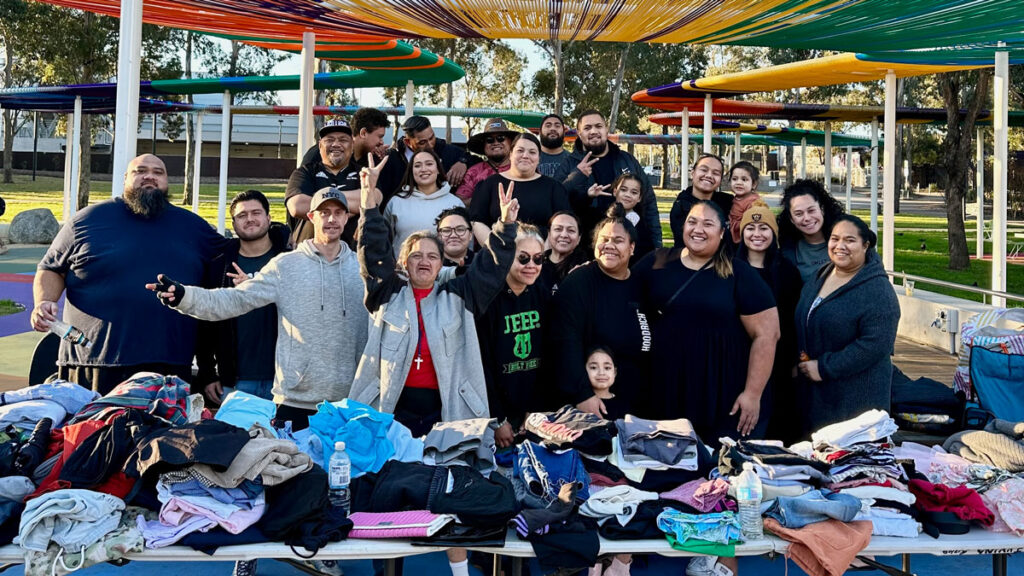We had known each other since kindergarten, but, until Year 11, the brown-haired boy with the shy smile was nothing more than a passing acquaintance. If it hadn’t been for a teacher who made us study partners, we might never have gotten to know each other at all.
Our interaction was awkward at first, but the initial study session turned into hallway chats, sitting together on the bus and eventually a weekly appointment at the local Gloria Jean’s cafe each Wednesday. He became one of my best friends. Sadly, as often happens, we drifted apart after high school.
A few years later, we reconnected. I was happy to hear he was now married and living interstate. He had joined the Navy as a submariner and diver.
Fast-forward another few years. I wondered how my friend was doing and looked him up. His Facebook profile had been turned into a memorial. It took me a minute to comprehend what that implied. Later I learned he had taken his life.
I went through a mixture of emotions. At first I just felt numb. I wanted to cry, but I couldn’t. Then came the anger. Why hadn’t he said something? Why hadn’t he reached out? After the anger came the guilt. Could I actually have made a difference to his decision? Had he not contacted me because I was a bad friend?
At an inconvenient moment when I least expected it, the tears finally came. A photo I’d seen on social media suddenly made sense: “Suicide doesn’t get rid of the pain, it only passes it on to other people.”
According to Beyond Blue, there are an average of eight suicides in Australia each day and six of the victims are male. Suicide is the leading cause of death in Australian men between the ages of 15 and 54, more than double the national road toll. We get reminders about the road toll every public holiday. Yet we seldom talk about suicide.
There seems to be this misconception that Christians don’t—or shouldn’t—have these struggles. But depression doesn’t discriminate in any form: race, gender or religion.
This misconception means people—particularly men—are uncomfortable with sharing their difficulties and showing any sort of vulnerability. Or they’re met with the typical platitudes when they do: “give it to God”, “you’ll be right”, etc.
How can we make our churches safe places for people? I think it can only begin when we acknowledge that mental illness is present in our community and make it part of the conversation. But first, we have to get rid of the myths surrounding it:
1. Mental illness is not a choice.
I’ve heard well-meaning church members suggest that people wrestling with depression should just “try and be happier” and “pray the sadness away”. Would you tell someone with a broken arm that it would heal if they just tried to pray it away? While God’s ability to lift our spirits should not be underestimated, neither should the pain associated with mental illness.
2. Mental illness is not a sin.
You are not more of a sinner than anyone else because of your condition. I’m reminded of Job’s friends in the Bible who wondered what sins he had committed to deserve his difficulties. Viewing depression as a sin can make people feel like they’re failing in their walk with God. It can also discourage them from seeking proper treatment.
3. Depressed people don’t always look depressed.
I recently heard a story about a boy at an Adventist school who had admitted to suicidal thoughts. The principal was shocked. This boy was smart, popular and liked by everyone. Be aware that the happiest and most confident people you know might be the ones struggling the most.
Church was never intended to be a place for perfect people, but a place where broken people can find compassion, support and healing.
If you or someone you know needs help, contact Lifeline or other local support services.






